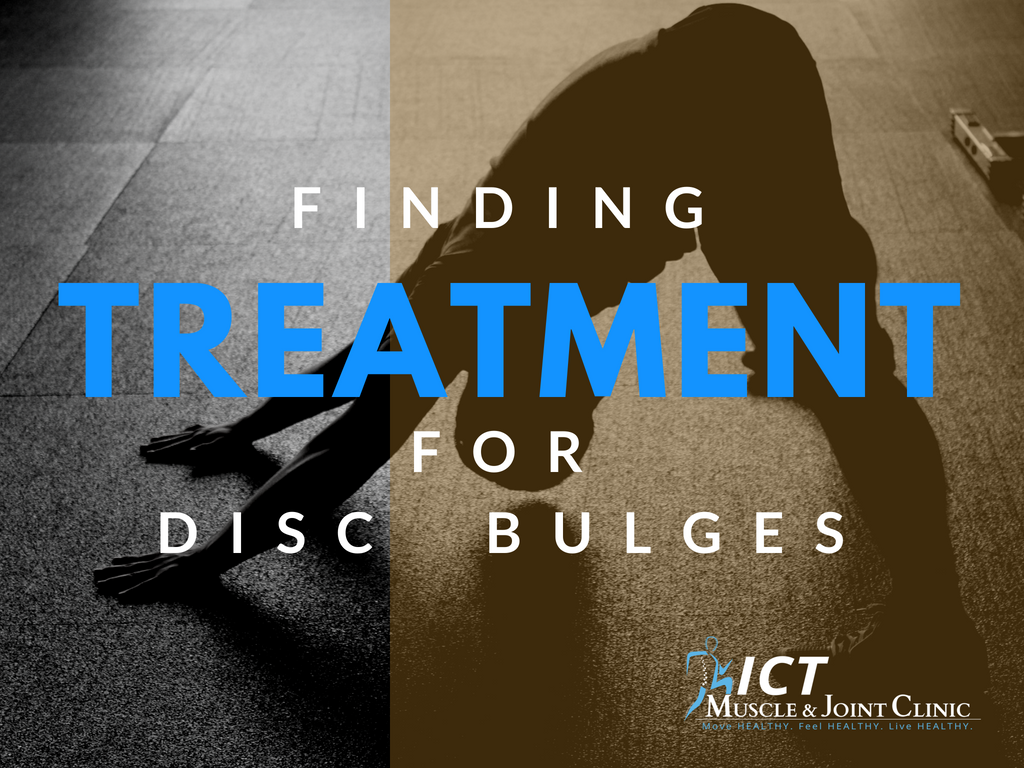Treating Disc Bulges
Easiest truth, find a McKenzie or Mechanical Therapy & Diagnosis (MDT) healthcare provider. This will save you money, time, and frustration. If a clinic’s website does not list MDT than the doctors on staff do not understand MDT. MDT is one of the most botched techniques out there, much like A.R.T., and the growing rise in popularity with dry needling. In my opinion, McKenzie, is the number one conservative-based approach to treating symptoms commonly associated with disc pain and onto further physical therapeutic care and rehab. Sure there are other things that can help treat disc pain such as decompression and distraction machines, however they do not promote self-care which only increase costs to you and the entire healthcare system as a whole.
Why MDT?
MDT providers think beyond the conventional model of healthcare of pain equals a technique and passive care approaches. There are thousands of techniques and few principles. Principles hold constant. Example – no one deadlifts 600 pounds until they can deadlift 500 and before 400, etc. Healthcare should follow these same principles of progression and MDT providers understand these progressions.
In a nutshell, if a direction or position caused this bulge, then most likely there will be a direction or position to un-cause this disc bulge and associated symptoms via a reliable, consistent, and evidence-based approach.
Other Treatment Options
Outside of challenging movement, the most common thought of intervention is surgery. Surgery should only be performed after a well-executed failed treatment plan and passed psych evaluation. Screening for emotional, behavioral, social, and cognitive (thinking) factors are incredibly important in outcome for preventing and treating chronic related pain. If you find yourself having problems with any of these categories, think about seeking appropriate help. Another factor to consider is inflammation. When the body is inflamed (chemically or mechanically) it’s reparative capability is severely limited decreasing the body’s healing time. Often with intense, acute pain there will be increased inflammation. Increasing anti-inflammatory foods or supplements while decreasing inflammatory foods may decrease the intensity of pain and the length of pain.
Paraphrasing Treatment Options for Disc Herniations
1) Find a Mechanical Diagnosis and Therapy (MDT) healthcare provider
- Body responds for better-or-worse through movement.
2) Surgery
- Should be the last resort option.
3) Psychologist Intervention
- Emotional, behavioral, social, and thought-provoking factors can all produce joint and muscle related pain.
4) Inflammation
- An anti-inflammation diet may increase recovery.
By following these guidelines, you can better prevent more costly and invasive approaches such as surgery. When it comes to your body, you only get one. Take care of it and don’t be afraid when you think you may have a disc herniation. They are very common and should not be thought of as worrisome.
About the author
Dr. Keith Sparks is an award-winning chiropractor, functional medicine expert, and the co-founder of ICT Muscle & Joint Clinic. Dr. Sparks’ emphasis of care originated within the fields of rehabilitation, soft-tissue therapies, and chiropractic. To date, he has brought this unique combination of skills into union with functional medicine. The sole purpose of intertwining these distinct skills, knowledge, and services is to provide incomparable care to his local community. Dr. Keith Sparks is often seen in the Wichita, KS community speaking at business events and teaching health and performance classes.
